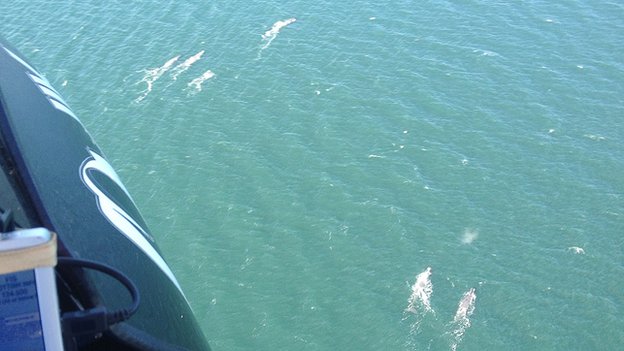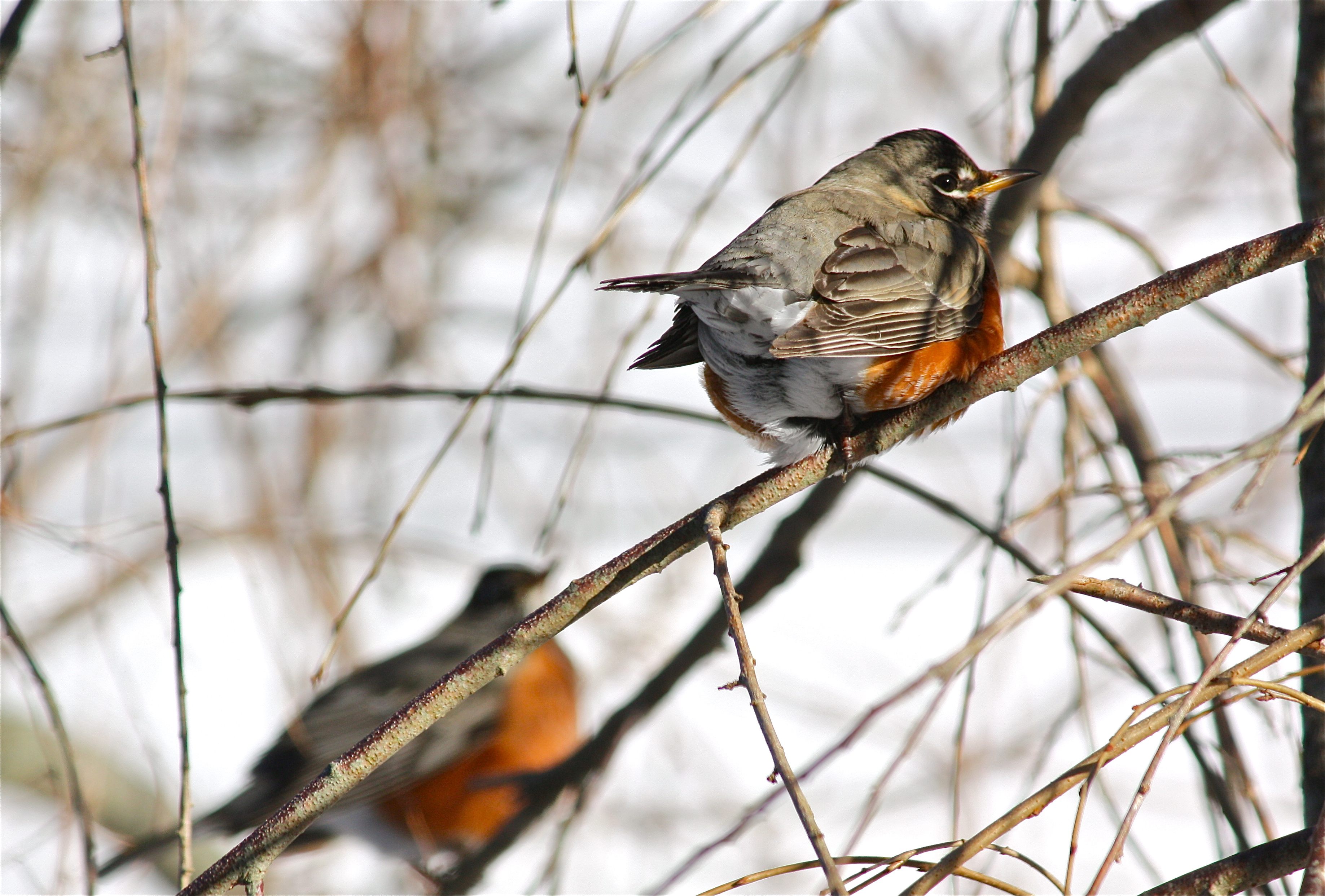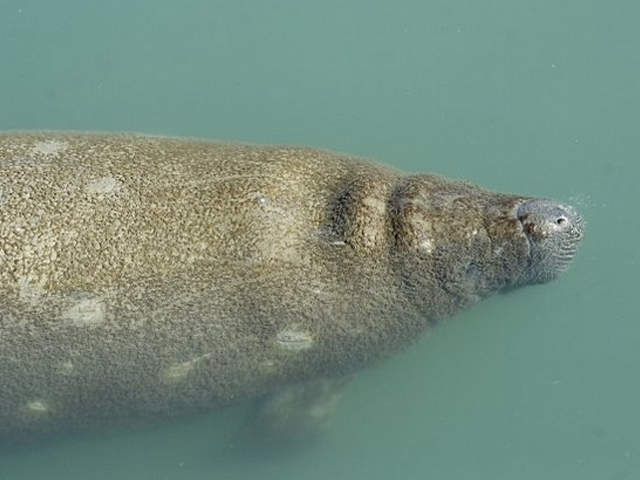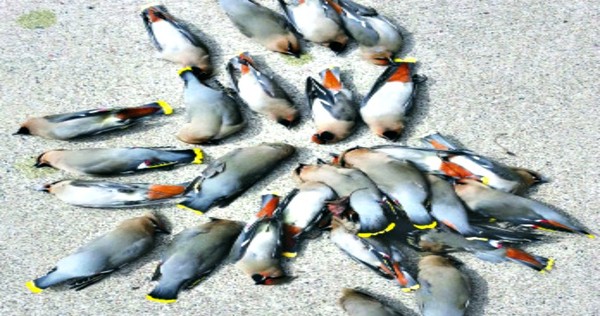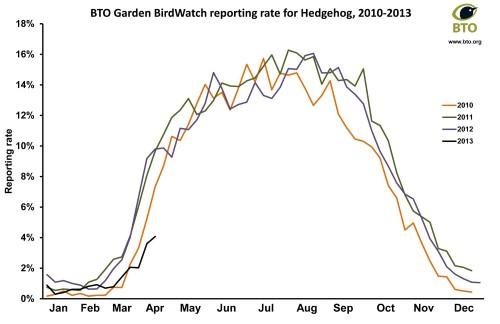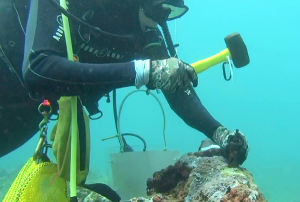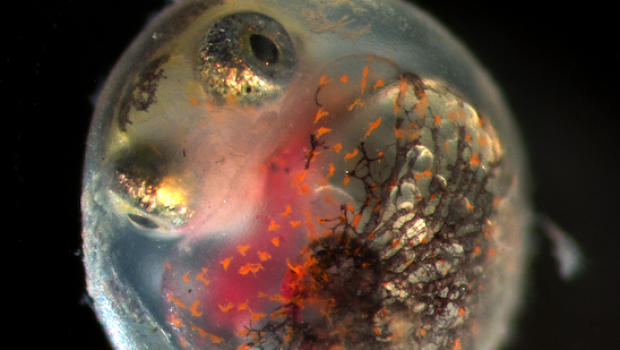
The findings, posted online in advance of publication in the journal Environmental Science and Technology, are part of an ongoing collaborative effort to track the impacts of the Deepwater Horizon oil spill on Gulf killifish populations in areas of Louisiana that received heavy amounts of oil.
Other species that share similar habitats with the Gulf killifish, such as redfish, speckled trout, flounder, blue crabs, shrimp and oysters -- may be at risk of similar effects.
"These effects are characteristic of crude oil toxicity," said co-author Andrew Whitehead, an assistant professor of environmental toxicology at UC Davis. "It's important that we observe it in the context of the Deepwater Horizon spill because it tells us it is far too early to say the effects of the oil spill are known and inconsequential. By definition, effects on reproduction and development -- effects that could impact populations -- can take time to emerge."
